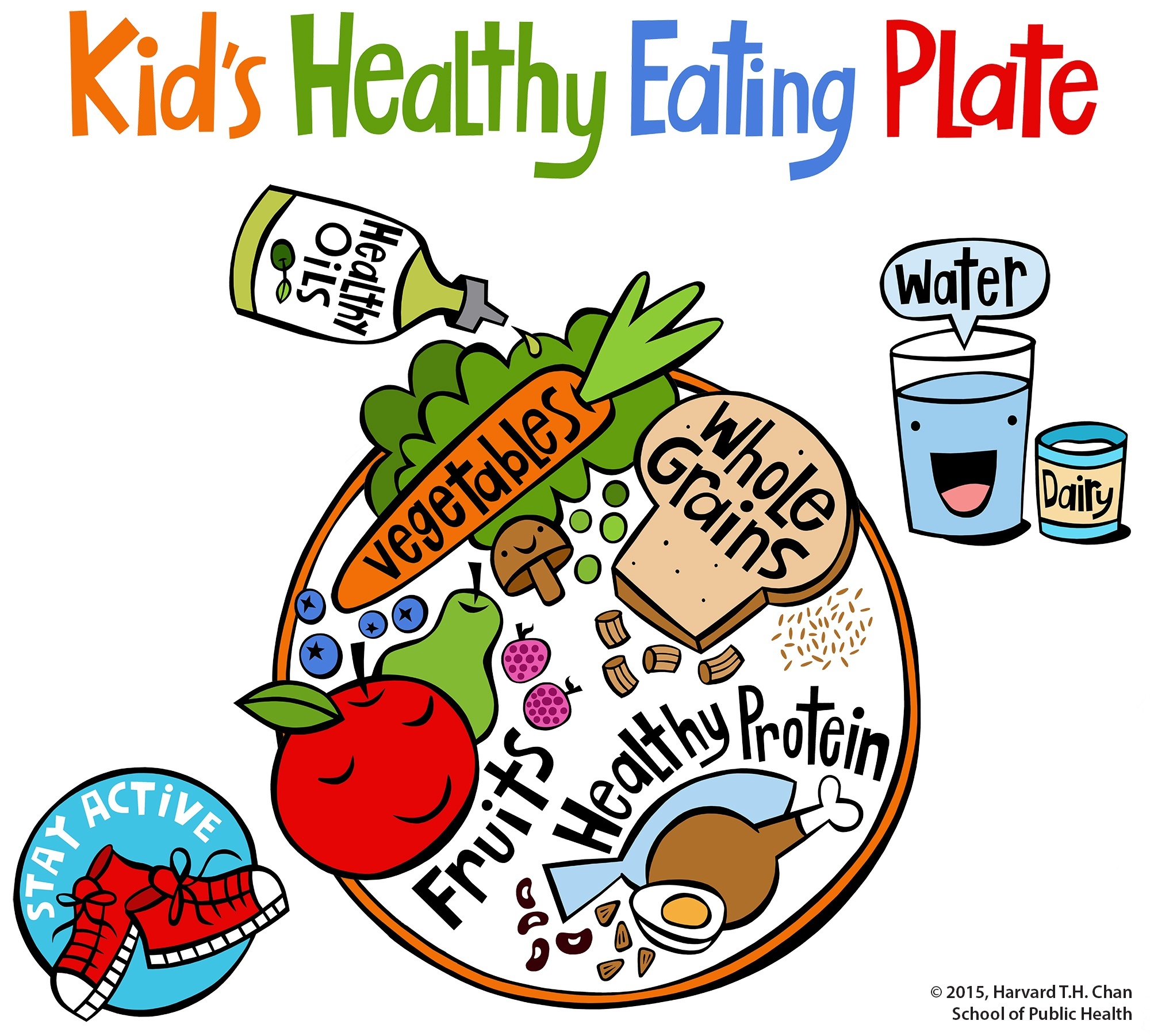
Diabetic patients should eat lots of meat, fish, eggs, and seafood. However, they should avoid sugar and fat. People who are concerned about the impact of their eating habits on their health should consume a diet rich with fruits, vegetables, and whole grain. But diabetics can still indulge in non-vegetarian meals and drinks. The following suggestions are meant to help them create a healthy diet that suits their lifestyle.
Salt and flour are two common foods that can cause complications for diabetics. These ingredients can raise blood pressure and add unnecessary calories to your diet. Although you should avoid eating food high in sodium content, there are still ways to incorporate it into your meal plan without compromising your diet. A diabetes diet menu should be composed of mostly whole foods, which are lower in sodium and fat than those containing refined sugar. The key is to avoid processed foods and flash frozen foods as much as possible.

A balanced combination of carbohydrates and proteins is essential for a diabetes diet. You don't have to go overboard with the carbohydrates and healthy oils, but you do want to be mindful of what is best for your body. A diabetes-friendly diet menu should have a balance of all three types. Fiber and protein will slow down the breakdown of carbohydrates. However, fiber and proteins will provide extra nutrition and increase blood sugar levels. If you have been diagnosed with diabetes, it is essential to monitor your food intake closely and keep a proper blood glucose level.
Your child's normal diet should guide the diabetic diet menu. This diet should be centered on carbohydrates, which can cause blood sugar spikes. Instead of breads, pasta, a diabetic diet should emphasize fruit and vegetables. Both fruits and vegetables are rich in fibre and antioxidants. Whole fruits are better than fruit juices. Fruits after meals should be avoided as they can spike blood sugar.
Soluble fiber in cooked oatmeal helps regulate blood sugar levels and improves heart health. Oatmeal is an excellent source of fiber. This is especially important for diabetics as it can lower insulin intake. In addition, it is low in calories, but high in fiber, so it's a great choice for a diabetic diet. But a diabetic diet menu should include some fruits, vegetables, and nuts to reduce the risk of developing type 2 diabetes.

The glycemic index should be used to determine the diabetic diet. This index ranks carbohydrate-containing foods by their effect on blood sugar. A dietitian may be able to help you choose the best foods for your diabetes. You can also have a diet plan tailored to your lifestyle and goals. The right nutrition can help you maintain a healthy body while living a diabetic-friendly lifestyle. You should not eat too many of any one thing.
FAQ
What lifestyle is most healthy?
A healthy lifestyle means eating healthy foods, exercising regularly, sleeping well, and avoiding stress. If you follow these guidelines, you will be able to lead a long and healthy life.
You can start by making small changes in your diet and exercise routine. To lose weight, you can start walking for 30 mins each day. You can also take up dancing or swimming if you are looking to be more active. You can also sign up for an online fitness program, such as Strava and Fitbit. This will track your activity.
How can I live my best life everyday?
Find out what makes YOU happy. This is the first step in living a life that you love. You can then work backwards once you know what makes YOU happy. Asking others about their lives can help you to see how they live the best life possible.
You can also read books like "How to Live Your Best Life" by Dr. Wayne Dyer. He talks about finding happiness and fulfillment in all aspects of our lives.
Exercise: Good and bad for immunity?
Exercise is good exercise for your immune system. Your body makes white blood cells that fight infections when you exercise. Your body also gets rid of toxins. Exercise helps prevent diseases like cancer and heart disease. Exercise also helps to reduce stress levels.
Exercising too frequently can make your immune system weaker. When you exercise too hard, your muscles will become sore. This can cause inflammation as well as swelling. To fight infection, your body will produce more antibodies. However, these antibodies can also cause allergic reactions and autoimmune diseases.
So, don't overdo it!
Get immune enhancement with herbs and supplements
It is possible to boost immune function by using herbs and natural remedies. Some common examples include garlic, ginger, oregano oil, echinacea, ginkgo biloba, and vitamin C.
These herbal remedies are not meant to replace medical treatment. Side effects can include nausea, dizziness, stomach cramps and dizziness.
Statistics
- This article received 11 testimonials and 86% of readers who voted found it helpful, earning it our reader-approved status. (wikihow.com)
- nutrients.[17]X Research sourceWhole grains to try include: 100% whole wheat pasta and bread, brown rice, whole grain oats, farro, millet, quinoa, and barley. (wikihow.com)
- WHO recommends consuming less than 5% of total energy intake for additional health benefits. (who.int)
- According to the Physical Activity Guidelines for Americans, we should strive for at least 150 minutes of moderate intensity activity each week (54Trusted Source Smoking, harmful use of drugs, and alcohol abuse can all seriously negatively affect your health. (healthline.com)
External Links
How To
What does the word "vitamin" mean?
Vitamins are organic compounds naturally found in food. Vitamins allow us to absorb nutrients from food. Vitamins cannot be produced by the body. They must be acquired from food.
There are two types if vitamins: water soluble, and fat soluble. Water-soluble vitamins dissolve easily when they are dissolved in water. You can find vitamin C,B1 or thiamine, B2 or riboflavin and B3 or niacin, B3/niacin, B6/pyridoxine, folic Acid, biotin and pantothenic Acid as examples. The liver and fatty tissues are home to fat-soluble vitamins. These include vitamin D, E and K, as well as beta carotene.
Vitamins are classified according to their biological activity. There are eight major groups of vitamins:
-
A – Essential for normal growth, and the maintenance of good health.
-
C - essential for nerve function and energy generation.
-
D - Essential for healthy teeth and bones.
-
E - Required for good vision & reproduction
-
K - Required for healthy nerves and muscles.
-
P - vital for building strong bones andteeth.
-
Q - aids digestion, absorption and absorption iron
-
R - Required for red blood cell production
The recommended daily allowance (RDA), for vitamins, varies depending upon age, gender, or physical condition. The U.S. Food and Drug Administration has established the RDA values.
For example, the RDA for vitamin A is 400 micrograms per dayfor adults 19 years or older. Pregnant mothers need 600 micrograms per days because it is vital for the development and growth of their baby. Children ages 1-8 require 900 micrograms per day. Infants under one year of age require 700 micrograms per day, but this amount decreases to 500 micrograms per day between 9 months and 12 months of age.
Children aged 1-18 years need 800 micrograms daily, while children overweight require 1000 micrograms per days. Children who are severely obese or underweight will need 1200 micrograms each day.
Children 4-8 years old who have anemia must consume 2200 micrograms of Vitamin C daily.
2000 micrograms per person is necessary for general health. Women who are pregnant or breastfeeding need 3000 micrograms per day due to increased nutrient requirements.
Adults over 70 need 1500 micrograms daily, as they lose 10% of their muscle every ten years.
Women who are pregnant, nursing or breastfeeding need more than the RDA. Pregnant and breastfeeding women require 4000 micrograms each day during pregnancy and 2500 Micrograms each day after delivery. Breastfeeding mothers need 5000 mg per day when breastmilk is being produced.